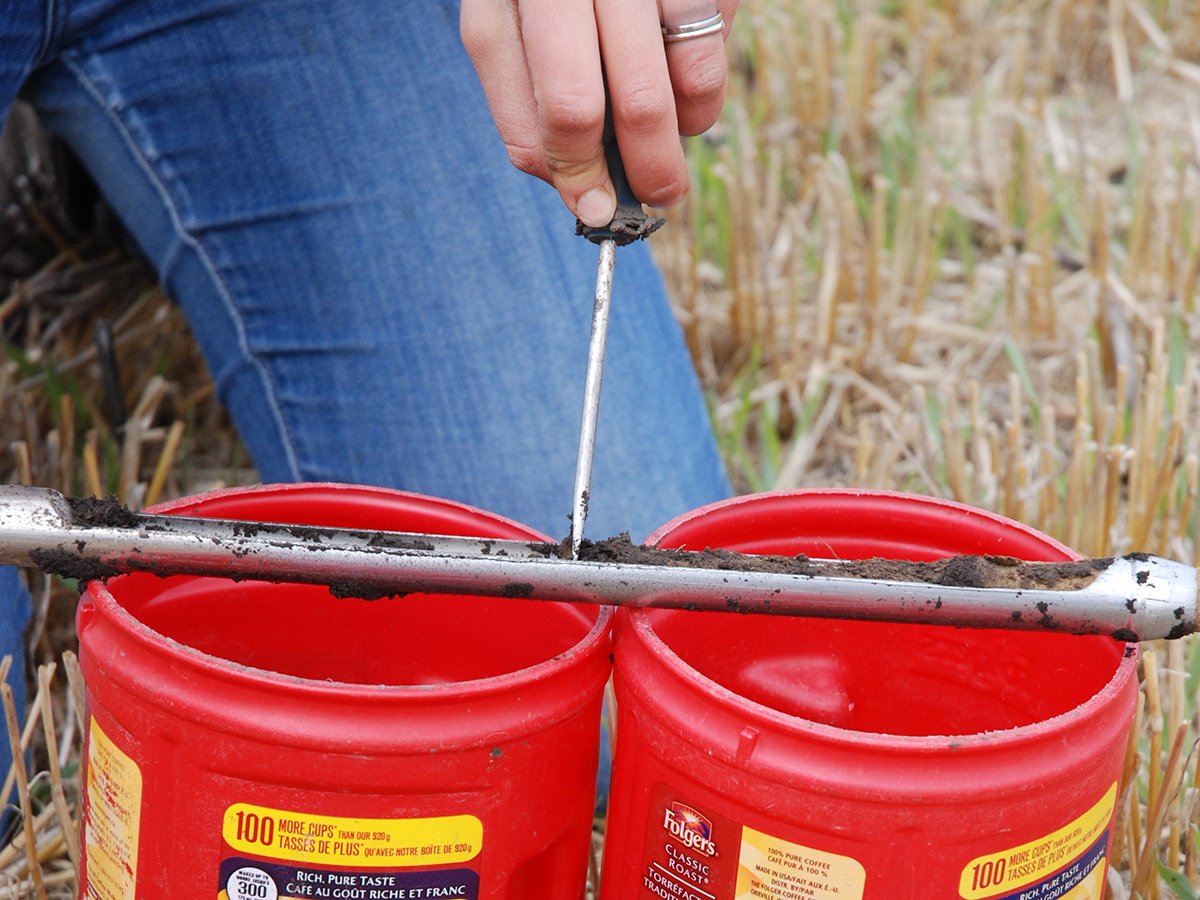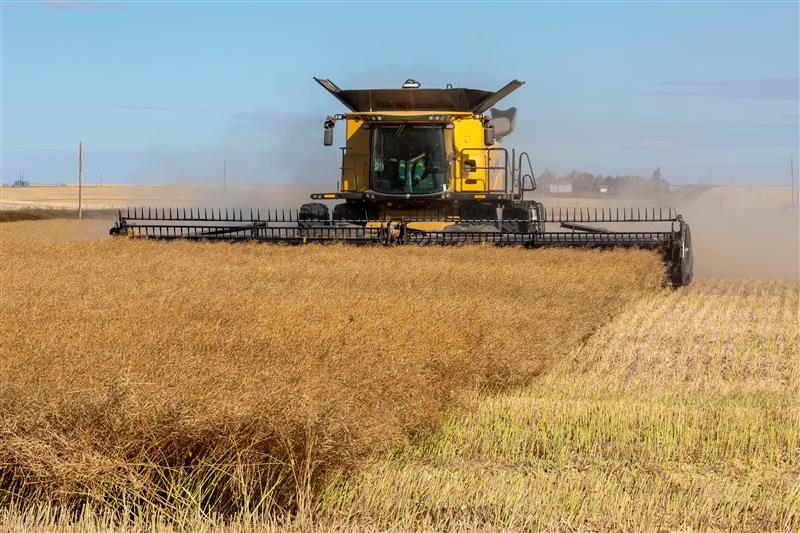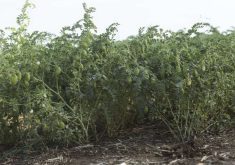A large global supply is expected to pressure red lentil prices, while demand for green lentils will likely remain strong
SASKATOON — Lentil markets will be a tale of two colours this year, according to industry officials.
The red lentil outlook is decidedly bearish.
Related stories:
“We haven’t seen this kind of a red lentil supply glut in almost five years,” Rav Kapoor, chief executive officer of ETG Commodities Inc., said during a recent Global Pulse Confederation (GPC) webinar.
Read Also

Federal government supports soil health strategy
Sophie Beecher, director general at Agriculture Canada, said at a soil conference in Winnipeg that the feds support the idea of a national soil health strategy.
The green lentil outlook is far more bullish.
“It’s a totally different story on green lentils,” he said.
Statistics Canada is estimating Canadian farmers will harvest 2.5 million tonnes of lentils, up from 1.67 million tonnes last year.
Kapoor thinks it will be 100,000 to 150,000 tonnes smaller than that with the entire reduction coming from red lentils.
He is forecasting a red lentil crop of 1.5 to 1.6 million tonnes with average yields in the 20 to 25 bushel per acre range.
Saskatchewan Agriculture is forecasting a provincial average yield of 1,317 pounds per acre, which is about 22 bu. per acre.
Turkey and India are the big buyers of Canada’s red lentils.
He thinks Turkey will rely on supplies out of Kazakhstan and Russia through December/January.
Those two countries produced an estimated 300,000 to 400,000 tonnes of red lentils and another 100,000 to 150,000 tonnes of greens.
India has a huge government stockpile of 700,000 to 800,000 tonnes of red lentils, and traders and processors are holding another 200,000 to 250,000 tonnes.
India’s farmers will seed the next crop in October and harvest them in March.
The country’s total annual consumption of the crop is about 2.2 million tonnes, so Kapoor figures they are covered for the next six months.
Australia’s crop will come off the fields in November and December. The government is forecasting 1.7 million tonnes of production. The trade thinks it will be closer to 1.5 million tonnes.
Even using the lower number, that’s three million tonnes of production between Canada and Australia.
“There’s definitely going to be abundant supply available for red lentils for the coming year,” said Kapoor.
He anticipates plenty of downward pressure on red lentil prices and slow movement through the end of the calendar year.
After that, it will depend on how India’s crop turns out, what remains of Black Sea supplies and other variables.
Kapoor believes Canadian farmers will harvest about 600,000 tonnes of large green lentils and another 200,000 to 300,000 tonnes of medium and small greens.
There should be good demand for the crop from just about every buyer.
“It’s going to be a strong exporting program for the next three to five months,” he said.
India might be the one exception because it did a lot of advance purchasing from Canada and the United States and is covered through the end of December.
Ryan Van Pevenage, a trader with Columbia Grain International, said green lentil acres were way up in the United States due to strong prices, but yields suffered due to the hot summer and some first-time growers.
He is forecasting 430,000 tonnes of production, a 65 per cent increase over last year.
Van Pevenage said the global pipeline is completely empty. Prices were so high in 2023-24 that nobody wanted to be long, and buying was hand-to-mouth.
“I would expect the same in the next three to five months,” he said during the GPC webinar.
However, the demand is there.
“We haven’t seen such a large green lentil pull in quite some time,” said Van Pevenage.
Lentil processors in the U.S. are being forced to borrow cleaning capacity from kabuli chickpea processors.
He anticipates U.S. green lentil stocks will be at “the bottom of the barrel” again at the end of 2024-25.
There were lots of producer contracts, so there should be good cash flow. He anticipates growers will hold out for a rising market.
There are already signs that prices are firming.
Kapoor is more in the camp that prices will stabilize at today’s levels.
“It’s a tug-of-war between the grower and what the buyer wants to pay,” he said.
Kapoor has not seen any quality issues with early-harvested red or green lentils. He was anticipating loose seed coats with the green lentils, but that has not been the case.
Van Pevenage was also pleasantly surprised by the U.S. lentil quality because it started raining with about one-third of the crop remaining in the field.
“We didn’t really see any damage, and the quality was actually quite a bit better than expected,” he said.
Contact sean.pratt@producer.com

















